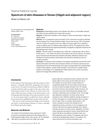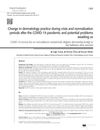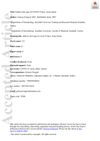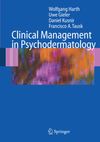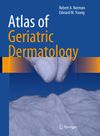Change of the Diagnostic Distribution in Applicants to Dermatology After COVID-19 Pandemic: What It Whispers to Us?
June 2020
in “
Dermatologic Therapy
”
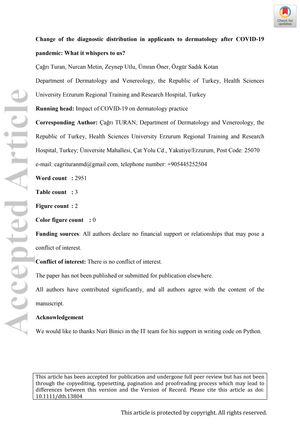
TLDR The COVID-19 pandemic led to fewer dermatology visits and changed the types of skin conditions patients experienced.
The document summarizes a study that investigated the changes in patient diagnoses at a dermatology outpatient clinic before and after the onset of the COVID-19 pandemic. The study found a significant decrease in dermatology applications, with a 3.5-fold reduction in the first month and an 8.8-fold reduction in the second month post-pandemic onset, compared to the pre-pandemic period. Notably, there was an increase in diagnoses of idiopathic generalized pruritus, pityriasis rosea, alopecia areata, bacterial skin/mucosa diseases, and zona zoster/post-zoster neuralgia, while conditions like verruca vulgaris and hyperpigmentation saw a decrease in frequency. The study concluded that the pandemic influenced the diagnostic distribution in dermatology, potentially due to factors such as increased stress, changes in hygiene habits, and the psychological impact of the pandemic. The total number of applications to all departments was 104,142, with 9,531 to dermatology, and after the pandemic began, applications dropped to 1,940 in the first 4 weeks and 771 in the second 4 weeks, compared to 6,820 before the pandemic.

